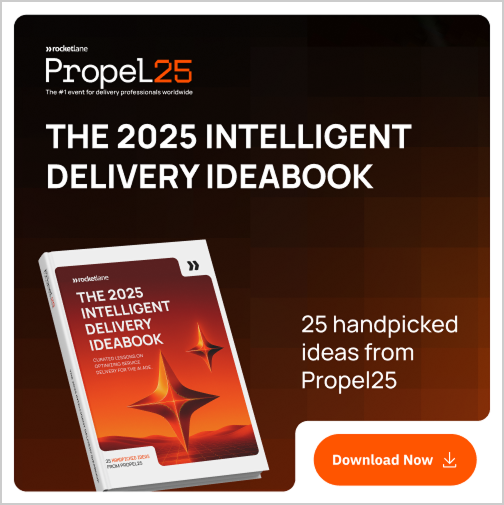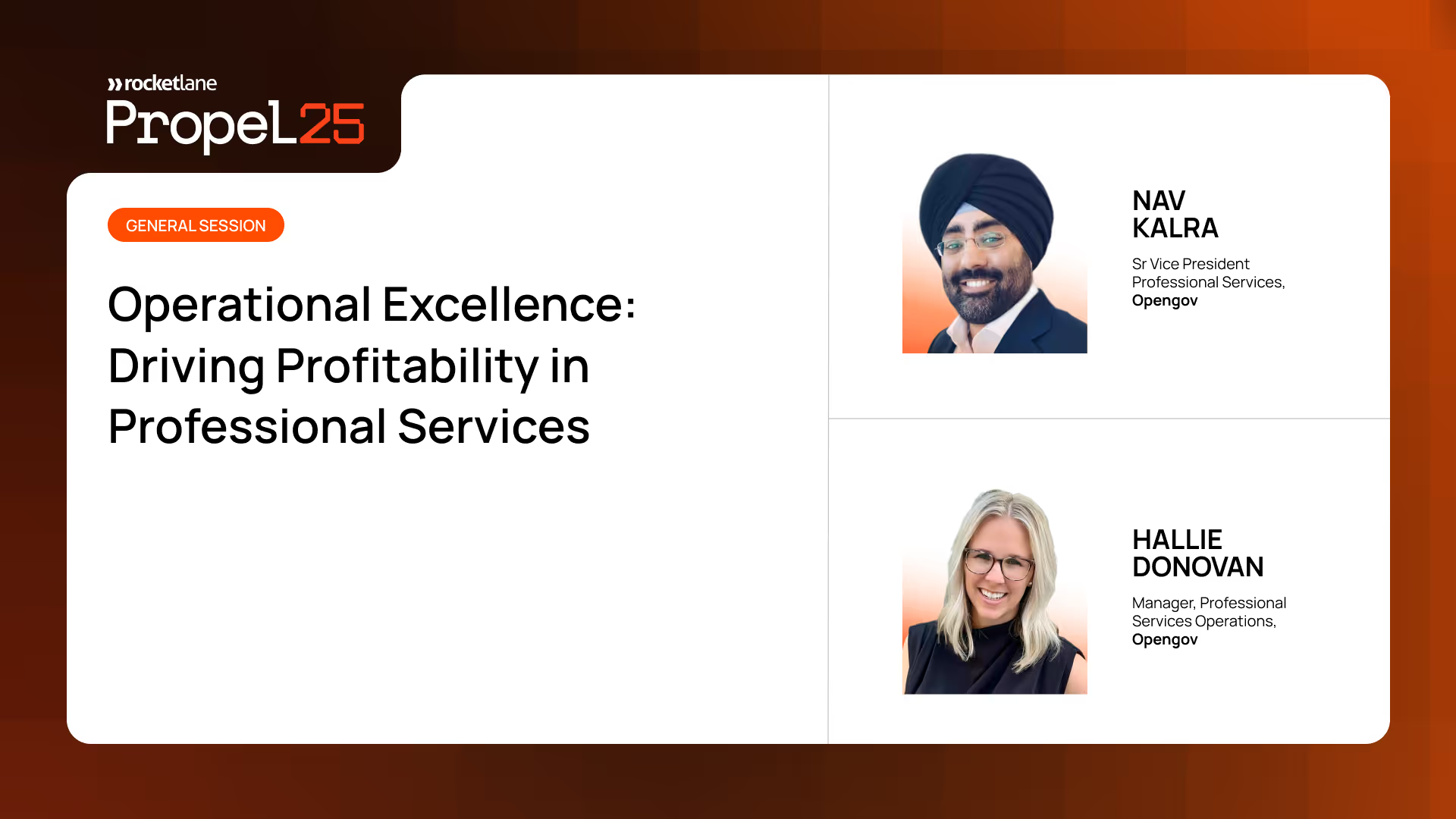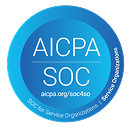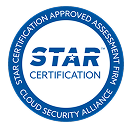Operational efficiency in the world of PS isn’t optional anymore, it’s a growth imperative. At Propel25, Nav Kalra, SVP of Professional Services at OpenGov, and Hallie Donovan, Manager of PS Operations, shared a candid, comprehensive look at how their team overcame staggering financial losses to become a high-performing, strategic function.
Their story is one of ruthless prioritization, cultural shifts, and systems thinking with Rocketlane at the heart of their transformation.
Meet the speakers: Nav Kalra and Hallie Donovan
Nav Kalra brings 15+ years of PS leadership experience from hypergrowth companies like Zuora, Apttus, and Tradeshift. He stepped into his current role during a turbulent time at OpenGov, determined to transform PS into a strategic revenue lever.
Hallie Donovan is the operations backbone at OpenGov. With a healthcare strategy background and an MBA, she brought rigor, structure, and visibility to a function in chaos. She now leads PS Ops, driving systems, forecasting, and enablement across the org.
From financial chaos to control
In Spring 2022, OpenGov’s PS org was in a tailspin. Despite nearing breakeven at the end of 2021, PS plummeted to -50% gross margin within months. The org had 65 FTEs, no partner model, and a PSA tool (Mavenlink) that made data visibility nearly impossible.
Nav took over in April 2022. His goal: scale delivery, drive customer outcomes, and transform PS into a profit center.
Hallie joined to operationalize that vision, bringing real-time reporting, standardization, and a culture of accountability to the table.
Visibility: from gut feel to real-time insights
Before Hallie’s intervention, visibility was abysmal. Utilization reporting required pulling timesheets manually from Mavenlink, cross-referencing against HR data, and manually calculating insights. It was error-prone and reactive.
The fix? A BI tool implementation (initially Domo, later Looker) that consolidated data from Salesforce, PSA, and HR systems. Managers now access real-time dashboards tracking:
- Utilization vs targets: Daily insights on billable vs non-billable hours, segmented by team and individual roles, enabling immediate corrections.
- Budget health for fixed-fee projects: Real-time alerts on budget overruns or underutilization to ensure profitability on every engagement.
- Forecasted vs actual project progress: Enables course-correcting timelines and resource allocations to meet delivery milestones.
- CSAT scores (PDS): Tracks customer sentiment per project phase, allowing proactive improvements based on feedback.
This visibility empowered daily course corrections and eliminated month-end surprises.
Accountability: a culture shift grounded in transparency
When Nav took over, he faced what he described as a "herd of elephants in the room."
- Recurring execution issues: Teams repeated the same mistakes without a feedback loop to address root causes.
- Lack of KPI ownership: Team members weren’t aligned to metrics or aware of how their work impacted business outcomes.
- Normalized mediocrity to avoid hard conversations: Feedback and performance management were watered down to avoid discomfort.
The transformation required a culture reset:
- Standard KPIs, transparently tracked and discussed: Everyone from project managers to execs used the same dashboards, fostering shared accountability.
- Direct, candid communication: Leaders committed to having uncomfortable but necessary conversations to drive growth.
- Compensation tied to business goals: Incentives reinforced behaviors aligned to utilization, delivery success, and customer satisfaction.
This wasn’t just about process—it was about raising the bar and building trust across teams.
Predictability: building a business model that scales
Forecasting revenue had been guesswork. In Hallie’s words, "I didn’t even know our revenue forecast for the month, let alone the year."
They built a robust business model factoring:
- Effective rate per role: Real-time billing rates for each role factored into forecasts to ensure margin predictability.
- Attach rates and project mix: Modeled how often services were sold alongside products and adjusted for different implementation types.
- Partner-delivered hours: Included third-party delivery into planning assumptions to balance internal capacity.
- Budget overruns or underruns: Tracked how consistently teams met delivery targets, using historicals to refine future planning.
This gave PS the confidence to:
- Align with finance and sales: Build revenue models that fit broader company forecasts and validate assumptions with data.
- Accurately forecast headcount needs: Use projected demand to drive strategic hiring or partner ramp-up.
- Justify investment with predictable growth: Create a track record that earned executive and board-level trust.
Standardization: enabling scale and health visibility
PS delivery was inconsistent across product lines. Ten project plans could look like they came from ten different companies. Nav and Hallie introduced a five-phase delivery model—a hybrid-agile framework standardized across all implementations.
Benefits included:
- Consistent project planning and execution: Standardized templates and task structures ensured predictability and quality.
- Clear project health metrics (red/yellow/green): Real-time health scores based on timeline, scope, and budget metrics.
- Scalable reporting to customers, execs, and the board: Uniform language and data made it easier to communicate at every level.
This consistency enabled project health tracking across 300+ live projects.
Partner strategy: unlocking flexibility and scale
Initially reluctant, OpenGov embraced a partner model to reduce bottlenecks and manage demand variability. Every internal hire was a trade-off; the partner model added:
- Scalable resourcing for peak periods: Allowed the team to flex up quickly without committing to full-time hires.
- Predictable margin control: Partner rates were negotiated and locked in, removing volatility from cost modeling.
- Faster project starts, improved time-to-value: Reduced wait times for onboarding customers by matching supply to demand in real time.
Launched in late 2023, the partner channel now delivers ~16-18% of PS projects.
Data integrity: Rocketlane as the backbone
Legacy tools failed to deliver reliable data. Rocketlane changed that:
- Automated project templates from Salesforce: Ensures accurate, consistent project setup with zero manual intervention.
- Accurate time tracking by phase: Enforced structure made time tracking intuitive, granular, and useful for analytics.
- Permissions that prevent data breakage: Limits who can change what, preserving integrity of project data.
- Integrations with Jira and Salesforce reduce duplicative work: Maintains consistency across systems and eliminates error-prone data entry.
- Customer portal increases accountability by exposing plans to clients: Encourages proactive updates and fosters transparency by default.
With Rocketlane, OpenGov built a foundation of trust in their data—a prerequisite for AI and further automation.
Results: from survival mode to strategic growth
From -50% to +34% gross margin over 10 quarters, OpenGov’s PS org is now:
- 135 FTEs with 48 partner resources: A blended model that balances internal consistency with external scalability.
- No longer reporting margin to the board—it’s assumed to be solid: Leadership confidence is so high that financials are taken as a given.
- Focused on innovation, AI, and customer outcomes: The PS team is now a launchpad for strategic initiatives.
Nav summed it up: "We don’t talk about margin anymore. We talk about impact."
Key takeaways for PS and onboarding leaders
- Visibility empowers – Real-time dashboards transform decision-making from reactive to proactive, enabling quick pivots and stronger performance.
- Accountability drives culture – Building a team that understands and owns KPIs leads to higher trust, performance, and engagement.
- Predictability builds trust – With reliable models and accurate forecasts, PS can confidently plan headcount, investments, and outcomes.
- Standardization enables scale – A shared methodology reduces errors, accelerates onboarding, and ensures high-quality delivery across all projects.
- Partnerships offer agility – A strong partner ecosystem gives breathing room to scale without overextending internal teams.
- Data integrity drives confidence – Clean, reliable data is foundational not just for reporting but for advanced capabilities like automation and AI.















